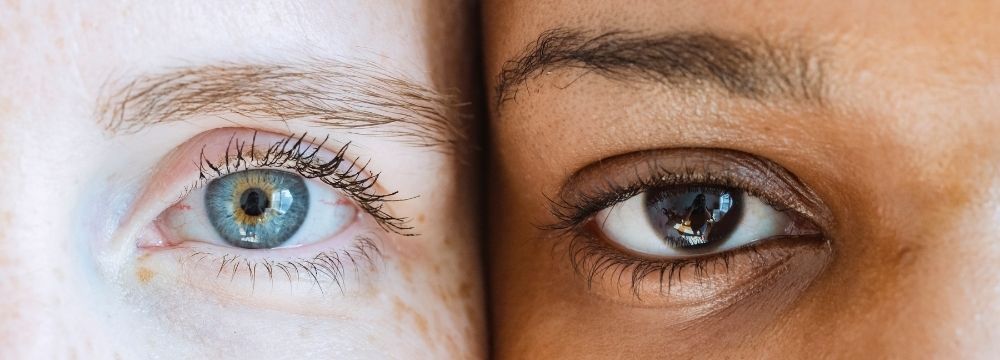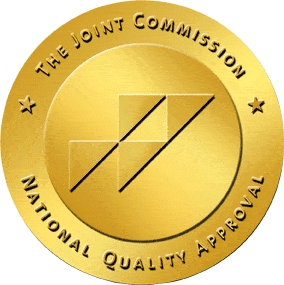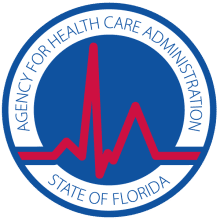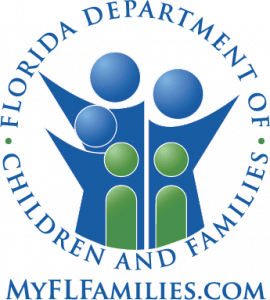
It isn’t a surprise that addiction and drug abuse affect all parts of the human body. For some of us, we learned the hard way. And through treatment, we have come to understand that what we were doing to our bodies while dependent on drugs was the slow unraveling of many of our mental, emotional, and physical systems. Simply put, addiction was chipping away at all parts of us. We may not have understood or noticed it at the time, but we have learned that these effects are far more significant than we probably ever realized.
Our body systems, our mental and emotional processing, and even our mood, equilibrium, and sense of well-being are all conditioned while under the influence. Some of this deterioration and damage is no doubt physical, as substance abuse fundamentally compromises our organs and senses.
One of these is our eye health and vision.
Eyesight is not something we generally think of when thinking of the damage caused by addiction and drug abuse. We think of bloodshot eyes and the proverbial “beer goggles” but rarely talk about injury. Instead, we think of the liver, heart, or lungs — major body systems which often show signs of abuse in profound, physical ways. And while we may not think of damaged eyes in the same way as a damaged heart, that doesn’t mean that the impact is minor. Each drug has a chemical effect on the body and neurotransmitters in your brain. And if multiple drugs are abused, the impact can be compounded.
We will break down commonly abused drugs and discuss vision loss and eye damage, which may not always be so noticeable.
- As mentioned, bloodshot, red eyes may mean sleepless or restless nights, but it can also mean redness from expanding blood vessels due to drug use.
- For some, the pupil can indicate drug use. Dilation is a huge indicator, as is a symptom referred to as “pinpoint pupils,” where the constriction of the pupil can mean intoxication or overdose.
- Eyes may be watery and eyelids heavy or droopy.
- Vision can be double or blurry. P
- Pupils may quiver, known as nystagmus.
- Some will have a blank stare.
- Others may experience irreversible vision loss.
While there are numerous ways to compromise your eye health and vision through substance abuse, here are some of the most common:
Amphetamines
Amphetamines, like Adderall or Dexedrine, are often taken as a performance-enhancing drug. This drug causes physical side effects, like dilation, redness, and hallucinations. Chemically, amphetamine abuse can lead to a reduced ability of the eye to focus. Dilation is perhaps the most dangerous of these side effects as it increases the risk for acute angle-closure glaucoma a serious eye emergency resulting in blurred vision or vision loss. Amphetamine use can also cause nystagmus, an involuntary quivering of the pupil.
Cocaine
Cocaine is an eye anesthetic, meaning that when you take it, you may be unable to feel the damage to your eyes. More simply, cocaine can be numbing, and the damage may not be felt until the effects of the drug have subsided. Bumping, scratching, and even corneal ulcers can occur, causing pain, blurred visions, and scarring leading to permanent vision loss. Cocaine can dilate the pupils and cause hallucinations.
Heroin
Individuals suffering from heroin addiction and drug abuse may have tightly constricted pupils. Their pupils will not respond to low light, thus impairing vision. In addition, the constriction of the blood vessels can lead to loss of vision or blurred vision. Some addicts have injected the drug directly into the eyeball, causing orbital cellulitis – an infection of the muscle and fat around the eye.
GHB
Known as liquid ecstasy, GHB is abused as eye drops and can cause hallucinations.
Intravenously Injected Drugs
Addiction and drug abuse that results in intravenous drug use have significant impacts on the body. Just as the drug is easily absorbed, so are the other drugs’ other chemicals. Like talc or chalk, cutting agents can deposit in the body, especially in the eyes.
These substances do not readily dissolve in the body. Deposits that form in the retina, which acts like “film” in the eyes, can distort the image and lead to the loss of vision. Large deposits or particles that collect on the retina can block circulation in the tissue, causing rapidly developing and severe blurred vision.
Addiction and drug abuse are treatable, and many people live healthy, sober lives after rehab. The human body begins to heal the moment when the substance abuse stops, so it is never too late to start a sober lifestyle. If you or someone you love is suffering from drug abuse, dependency, or addiction, please call us today.
Our counselors can help you deal with your drug abuse’s physical, emotional, and psychological consequences. Drug abuse treatment is effective, safe and has helped many reclaim their lives and lead a life of sobriety. Destination Hope is a full-service drug, alcohol, and dual diagnosis treatment facility in Florida for men and women suffering from substance abuse issues.



